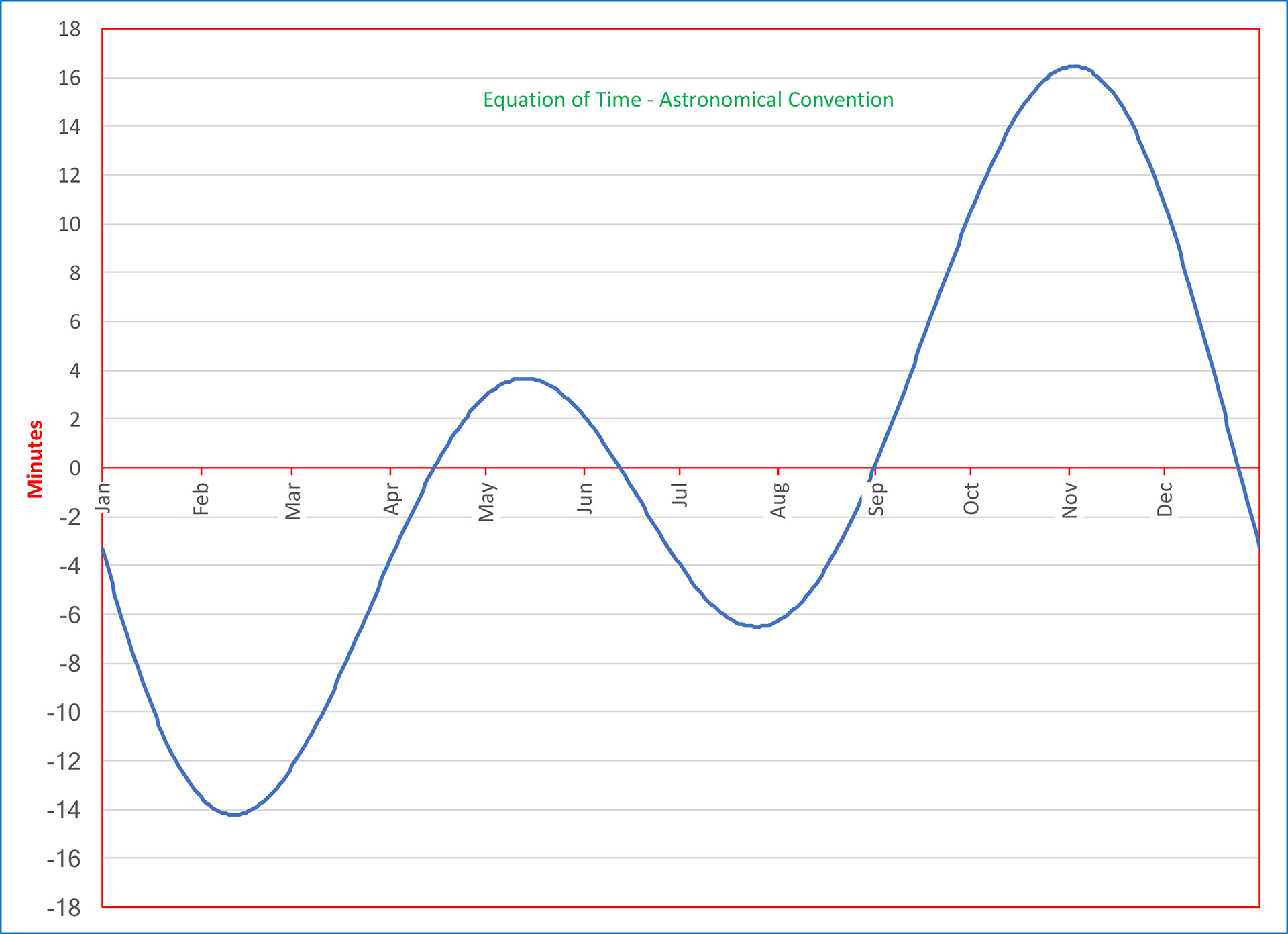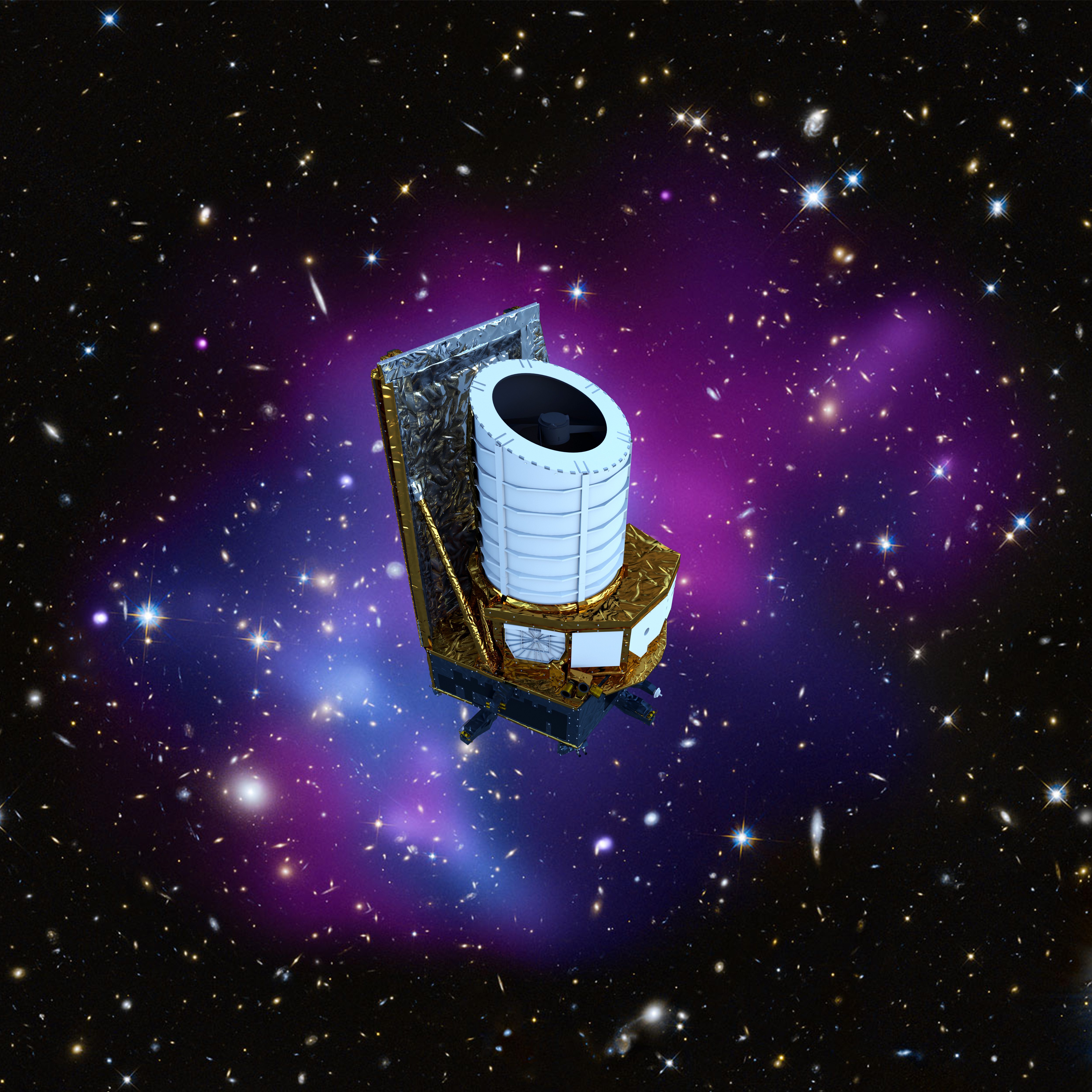Dictionary of Space Concepts
Welcome to the Dictionary of Space Concepts
What is the Dictionary of Space Concepts?
The Dictionary of Space Concepts (DSC) is a project by UNIVERSEH – the European Space University of Earth and Humanity. Starting in 2020, this Alliance of five European Universities decided to launch an online dictionary dealing with terms and concepts related to space sciences. It should be created and used by students, lecturers, researchers and citizens alike.
After an initial planning phase, the DSC was published in spring 2022. It opens up several opportunities for all members of the UNIVERSEH Alliance and interested citizens to contribute to the content of the DSC.
In our course "Terms and Concepts of Space", students learn how to write a dictionary article and later on contribute several entries to the DSC.
Special | A | B | C | D | E | F | G | H | I | J | K | L | M | N | O | P | Q | R | S | T | U | V | W | X | Y | Z | Å | Ä | Ö | ALLA
E |
|---|
Einstein ring | |||
|---|---|---|---|
DefinitionA ring-shaped distortion of light from a galaxy caused by gravitational lensing, while this galaxy passes behind another massive object. It is sometimes also referred to as the Chwolson ring, named after a Soviet scientist Orest Chwolson, who mentioned this phenomenon in his article (in English, his surname is usually transcribed as Khvolson, however, German transliteration Chwolson is used instead, since his article was first published in a German academic journal). EtymologyThe phenomenon is named after Albert Einstein, who predicted it in his theory of general relativity. Translation:
Links to Videos/Articles:Gallery of Einstein rings: https://hubblesite.org/contents/media/images/2005/32/1788-Image.html
| |||
Elementary differentiation (Planetary differentiation) | ||
|---|---|---|
Source: By James St. John - Brachinite (NWA 3151 Meteorite) 3, CC BY 2.0, https://commons.wikimedia.org/w/index.php?curid=34763072 Short Definition:A process that a planetary body goes through during its formation to acquire its physio-chemical composition. Elementary differentiation can be witnessed on planets, and natural satellites such as the moon. Detailed Definition:Etymology:1. Elementary (Adjective), originating from Latin elementarius, which means “belonging to the constituents of all things”. 2. Differentiation (Verb), originating from Medieval Latin, differentiatus, which means “to distinguish”. Sample Sentence(s):“These high precision measurements (δ56Fe ≈ ± 0.04‰, 2 S.D.) place tight constraints on Fe isotope fractionation during planetary differentiation.” Translations:
Links to Videos/Articles:
[Gardner-Vandy et Al. (2012)] The Tafassasset primitive achondrite: Insights into initial stages of planetary differentiation Differentiation Planetary, Frank Sohl and Doris Breuer, Encyclopedia of Astrobiology.
| ||
Ephemeris | ||
|---|---|---|
Source: Short definition: An ephemeris is a table or data file that gives the positions of celestial objects at specific times. Detailed Definition: An ephemeris is a detailed table or data file that provides the positions of celestial objects in the sky at specific times. Ephemerides are used in astronomy to predict the future positions of these objects and to understand their orbits and movements. They can be calculated for any point in time and are usually given for a series of times at regular intervals, such as every day or every hour. Initially ephemerides were written, then printed, nowadays, they are digital. Ephemerides of the Solar System play a crucial role in navigating spacecraft. Etymology: ephemeris (Latin) - diary; ephemeris (Greek) - diary, journal Sample Sentence(s): "I consulted an ephemeris to find out when the next solar eclipse would occur." "The astronomer used an ephemeris to predict when the comet would be visible in the sky." "Ephemerides are widely used in astrology." Translations: French: Éphéméride German: Ephemeriden Polish: Efemeryda Swedish: Efemerid Links to videos/articles: https://en.wikipedia.org/wiki/Ephemeris https://www.astro.com/swisseph/swepha_e.htm https://ssd.jpl.nasa.gov/horizons/ | ||
Equation of time | ||
|---|---|---|
 Source: https://pro2-bar-s3-cdn-cf3.myportfolio.com/cf59f354b34391ef9ddbec41a1409bef/ece2a825-e54c-4ea4-a57c-bc1f3e901591_rw_1920.jpg?h=e8d9d5ab3208bd43c08d7702b9ec2c74 Short Definition: The equation of time is a result of the difference between the daytime on Earth and the position of the sun. Detailed Definition: The equation of time exists because the orbit of the Earth around the sun is elliptical (where the orbit is not centered around the sun) and not circular which results in a difference in speed around the elliptical orbit as a difference in the length of the Earth days. The equation is the following: EOT =GHA- GMHA where EOT is the equation of time, GHA is the Greenwich Hour Angle of the apparent sun and GMHA is the Universal Time-Off. As a result, the 21./22. December is the shortest day of a year, the real local time (WOZ) results in uneven long hours and the middle time (MOZ) results in a sun orbit, which is unsymmetrical to the time. Etymology: Equation - latin aequationem (" an equal distribution, a sharing in common") Time - Proto-Germanic Timon-/timi ("Time, proper time") Sample Sentence(s): " The equation of time is the reason a Analemma( a diagramm which shows the position of the sun from one point at a specific time over a year) can be seen" Translation: French: équation du temps German: Zeitgleichung Polish:
Równanie czasu
Swedish:
tidsekvation
Links to Videos/Articles:
https://youtu.be/Mx9AJJSKIL4
https://astro.dur.ac.uk/~ams/users/equation_of_time.html
https://www.youtube.com/watch?v=hn0js5EzmEc
| ||
Euclid mission | ||
|---|---|---|
 Image source: https://www.esa.int/var/esa/storage/images/esa_multimedia/images/2019/09/euclid_spacecraft/19709645-1-eng-GB/Euclid_spacecraft.jpg Short Definition: The euclid mission is project, being prepared by ESA to investigate dark matter as well as dark energy. At this moment, it is planned to launch the mission in the year 2023 (no specific date is set yet). The planned time the mission will take is set for six years and can be extended, but is limited by the amount of cold gas propulsion. Detailed definition: ESA has started the euclid mission is a project to try to investigate dark matter as well as dark energy. The spacecraft consists of a camera in the visible wavelength and a camera /spectrometer which works in the near-infrared area. It will launch from the Europe'sSpaceport in Kourou, which is located in French Guiana, and will move in an orbit which is halo shaped around the Sun-Earth Lagrange point. Another aspect which will be inspected by the mission is the reason why the expansion of the universe in accelerating and how the evolution of the universe took place, to gain more information about fundamental physics and cosmology. Etymology: Euclid - Greek euclid ("renowned, glorious") mission -Latin missionem ("act of sending a dispatching; a release, a setting at liberty") Sample Sentence: The Euclid mission is expected to bring new knowledge about the history of the universe and dark matter. Translations: French: Mission Euclide German:Euklid-Mission Polish: Misja Euclid Swedish: UppdragEuclid Links to Articles: https://www.jpl.nasa.gov/missions/euclid https://sci.esa.int/web/euclid https://www.nasa.gov/mission_pages/euclid/main/index.html | ||
European Space Agency | |||
|---|---|---|---|
Source: https://about.gitlab.com/customers/european-space-agency/ Definition:European Space Agency is an intergovernmental organisation, whose mission is to develop space capabilities through exploration for the benefit of citizens of Europe and the whole world. European Space Agency was established in 1975 and is dedicated to the peaceful exploration of space. It comprises of 22 Member States, who work together to find out more about the Earth and space, but it also cooperates closely with other organisations outside of Europe, for example with NASA. The aim is to develop research, coordinate space programmes and to promote mutual agreements between the members. It is funded by membership donations calculated based on each country’s gross national product. Sample Sentence(s):"The European Space Agency is using a launching facility situated in French Guiana in Latin America." "The Eurobot Ground Prototype is a mobile reconnaissance robot from the European Space Agency (ESA)." Translations:
Links to Videos/Articles:https://www.esa.int/ | |||
EVA | |||
|---|---|---|---|
 Astronaut Steve Robinson performing an EVA during STS-114 mission. Source: Wikipedia/NASA Short Definition: EVA is an act of performing different activities outside your spaceship while in orbit. This could include repairing, attaching or other experiments. Detailed Definition: Performing an EVA can refer to activities such as spacewalks, where astronauts leave the spacecraft to work in the vacuum of space, as well as other tasks such as inspections or repairs on the exterior of the spacecraft. EVAs are a common part of space exploration and are conducted by astronauts in a variety of different settings, including the International Space Station and during lunar, or in the future, planetary missions. Etymology: EVA stands for Extravehicular Activity Sample Sentence(s): Astronauts on the ISS are preparing to perform an EVA. Yesterday's EVA was completed successfully. Translations: French: Sortie extravéhiculaire German: Außenbordeinsatz Polish: Spacer kosmiczny Swedish: Rymdpromenad Links to Videos/Articles: https://www.nasa.gov/content/extravehicular-activities/ https://en.wikipedia.org/wiki/Extravehicular_activity | |||
Event Horizon | |||
|---|---|---|---|
Source(s): Short Definition: The event horizon of a black hole is a threshold around the black hole where the escape velocity surpasses the speed of light. It is also referred to as a boundary beyond which events cannot affect an observer. Detailed Definition: The term event horizon is used to describe the phenomena of a very strong gravitational pull in the vicinity of a massive and compact object, which is able to prevent even light from escaping. The escape velocity is a threshold value for which the event horizon occurs. It is the velocity needed for an object to overcome the forces acting due to the presence of an enormous mass. If it is greater than the speed of light, it is impossible to witness any event taking place past the event horizon. Etymology: The term was first used by Wolfgang Rindler in the 1950s. Sample Sentence(s): "The event horizon is the ultimate prison wall - one can get in but never get out." - Avi Loeb, chair of astronomy at Harvard University. Translations of Terms/Concepts into Partner Languages French: Horizon des événements German: der Ereignishorizont Polish: Horyzont zdarzeń Swedish: Händelsehorisont Links to Videos/Articles: https://www.space.com/black-holes-event-horizon-explained.html https://astronomy.com/news/2019/04/the-event-horizon-telescope-may-soon-release-first-ever-black-hole-image | |||
ExoMars Programme | |||
|---|---|---|---|
 DefinitionA programme created in cooperation between ESA and Roscosmos, which is trying to find signs of biological processes on Mars indicating whether life has ever existed on that planet. The programme includes two missions:
The Trace Gas Orbiter’s task is to look for trace atmospheric gases, including methane, which would indicate the presence of biological processes, whereas the Rosalind Franklin rover is supposed to look for evidence of life on the surface and underground. Etymology:“Exo” in ExoMars refers to “exobiology”, a branch of sciences investigating life beyond Earth. A rover involved in this mission is named after Rosalind Franklin, who was an English chemist known in particular for her contribution to DNA research. The platform Kazachok is named after a Russian folk dance. Sources:https://www.esa.int/Science_Exploration/Human_and_Robotic_Exploration/Exploration/ExoMars More about the mission:https://www.esa.int/Science_Exploration/Human_and_Robotic_Exploration/Exploration/ExoMars/ExoMars_Factsheet | |||
UNIVERSEH is an alliance of:
All rights reserved. Funded by the European Union. Views and opinions expressed are however those of the author(s) only and do not necessarily reflect those of the European Union or the European Education and Culture Executive Agency (EACEA). Neither the European Union nor the granting authority can be held responsible for them.







